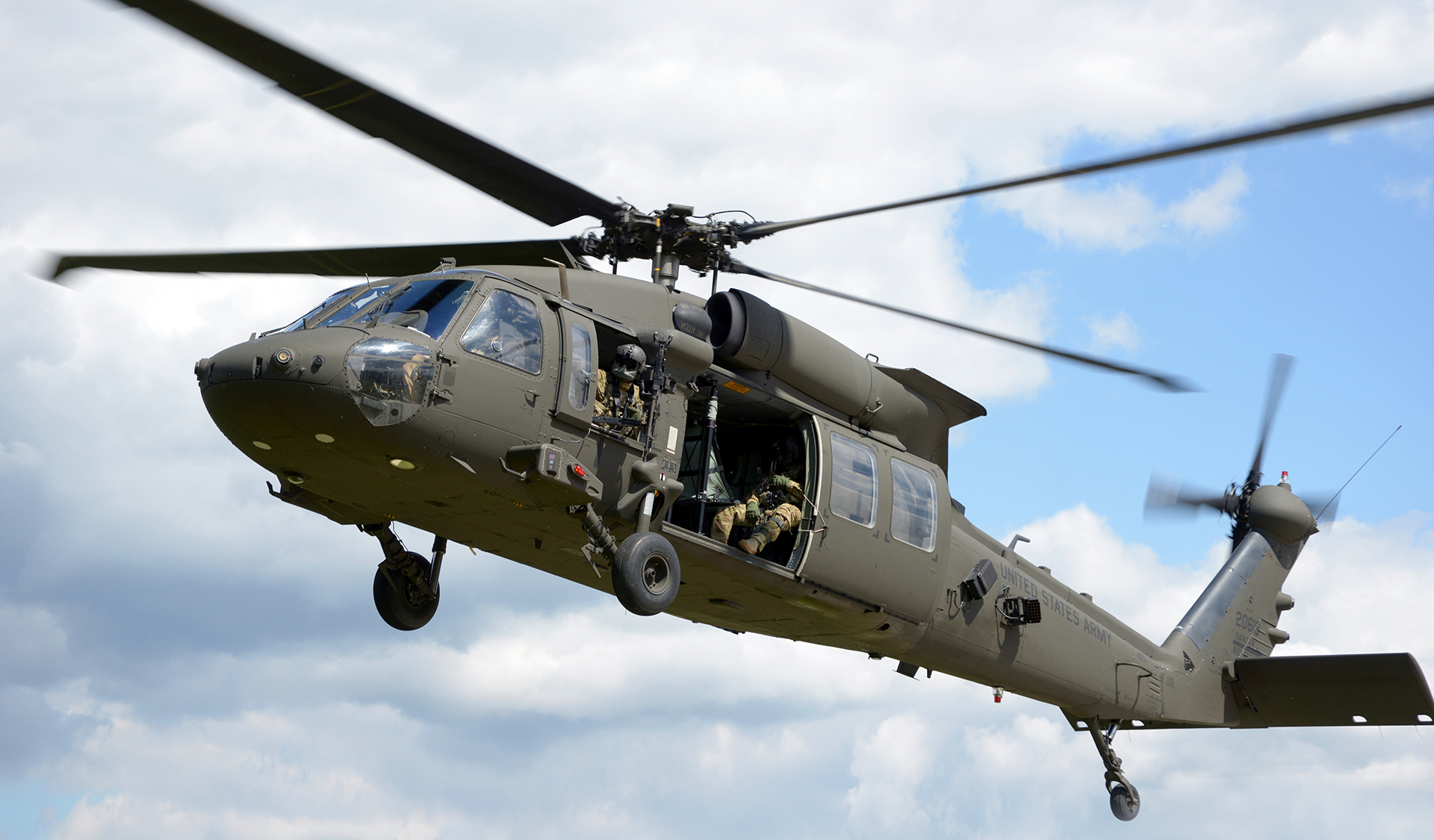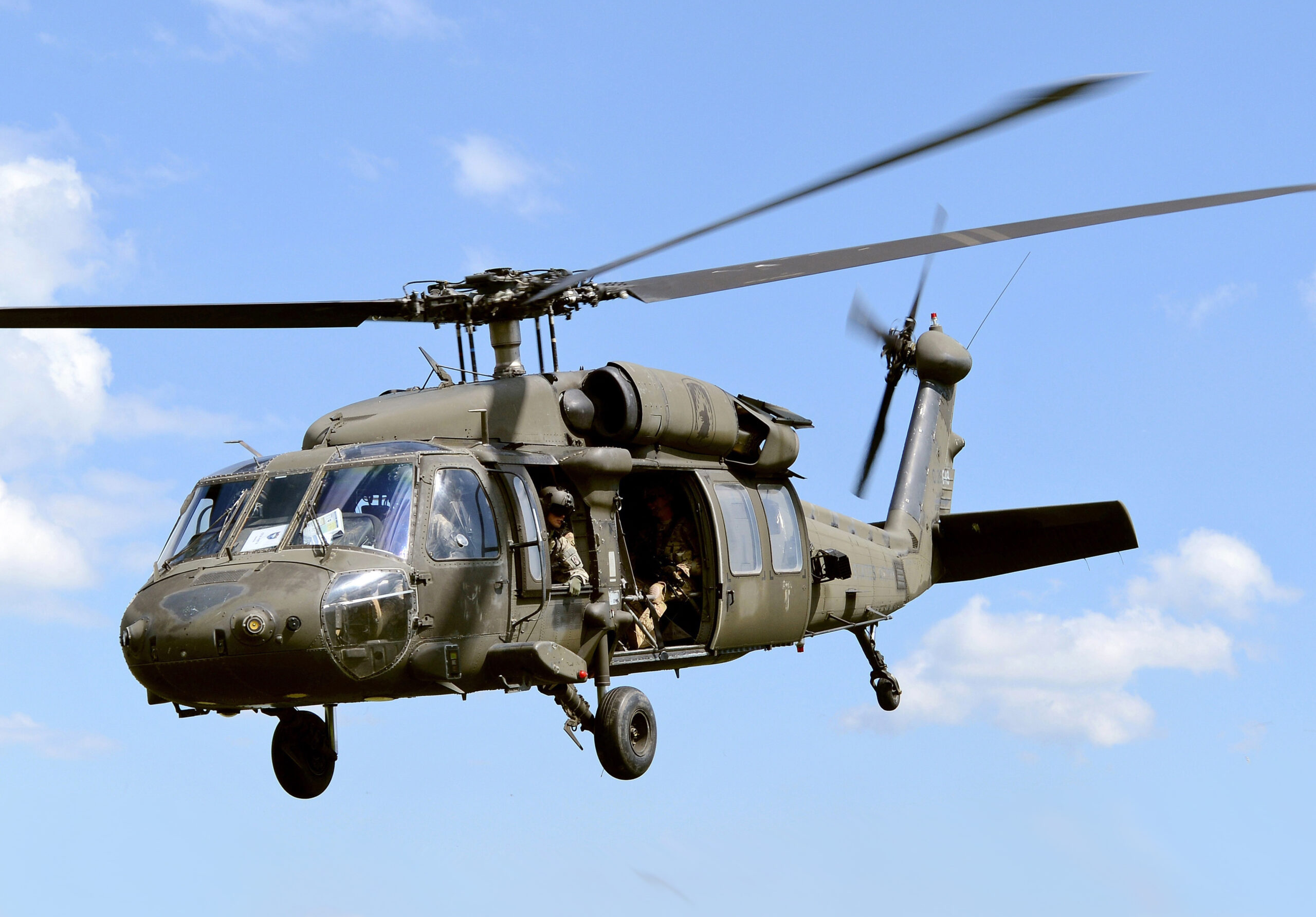Checking Out the Background and Advancement of the UH 60 Helicopter

Beginnings of the UH-60
The origins of the UH-60 helicopter can be mapped back to the late 1960s, a duration marked by the need for a flexible energy airplane that can adapt to the developing needs of modern war. The united state Military recognized the necessity for a substitute for the older UH-1 Iroquois, which was ending up being significantly poor for the intricacies of modern combat circumstances. In 1967, the Army started the Utility Tactical Transportation Airplane System (UTTAS) program, which sought to create a multi-role helicopter with the ability of different goals, including army transport, medical evacuation, and logistical support.
The layout competition brought in a number of aerospace manufacturers, yet it was Sikorsky Airplane Company that eventually safeguarded the agreement in 1972. The UH-60 Black Hawk was presented, showcasing innovative layout elements and advanced innovation that set it besides its precursors. Its first flight happened in 1974, and the airplane was formally embraced by the Military in 1979. The UH-60 promptly got acknowledgment for its robust efficiency, dependability, and versatility, leading the way for its considerable use in military procedures and strengthening its status as a cornerstone of U.S. Military aviation.
Key Layout Functions
Cutting-edge style attributes of the UH-60 Black Hawk significantly add to its functional effectiveness. Among the most significant aspects is its twin-engine setup, which boosts dependability and gives a higher power-to-weight proportion, enabling the helicopter to execute under various conditions. The airplane's four-blade main blades system provides boosted lift and maneuverability, essential for tactical objectives.

Additionally, the cabin is made for ideal presence and functional designs, including advanced avionics that streamline pilot procedures. The modular design of the UH-60 permits easy maintenance and flexibility, making it ideal for numerous goal profiles, from army transportation to medevac procedures. These key style functions guarantee that the UH-60 Black Hawk continues to be a trustworthy and flexible property in military air travel, efficient in satisfying the demands of modern warfare.
Technical Improvements
Recent technological improvements in the UH-60 Black Hawk have substantially enhanced its functional capabilities and adaptability. The assimilation of sophisticated avionics, such as electronic trip control systems and enhanced situational recognition screens, enables pilots to run with boosted precision and efficiency. These systems assist in enhanced navigation, communication, and information sharing, allowing the helicopter to operate properly in varied environments.
Additionally, the introduction of composite materials has actually lowered the total weight of the airplane while maintaining structural integrity. This decrease boosts gas effectiveness and expands functional array. The unification of advanced blades technology, including the use of four-blade, fully expressed rotor systems, has improved lift efficiency and ability to move, enabling far better handling in numerous trip conditions.

Furthermore, advancements in propulsion systems, such as the T700-GE-701D engines, have actually boosted power outcome and dependability - uh 60. These engines add to remarkable efficiency in hot-weather and high-altitude conditions
Lastly, the combination of self-defense systems and enhanced sensing unit packages boosts the Black Hawk's survivability and goal performance. Jointly, these technological improvements ensure that the UH-60 Black Hawk continues to be an my website important possession in modern air travel, efficient in adjusting to the progressing demands of humanitarian and armed forces goals.
Role in Armed Force Procedures
As the backbone of united state Military aviation, the get redirected here UH-60 helicopter plays a crucial function in different military operations, working as a functional platform for fight support, transportation, and medevac objectives - uh 60. Its design includes the capability to operate in varied environments, making it crucial for troop movement and logistical support in both unconventional and standard warfare

In clinical emptying situations, the UH-60 has confirmed vital, dramatically lowering the moment to carry wounded soldiers from the battleground to clinical facilities. Its innovative avionics and evening vision abilities additionally guarantee mission success under tough conditions. In general, the UH-60 helicopter remains a vital property, constantly adjusting to fulfill the progressing demands of army operations and enhancing the performance of united state forces worldwide.
Future of the UH-60
Looking in advance, the future of the UH-60 helicopter involves substantial improvements in innovation and capabilities created to enhance its functional effectiveness. As military procedures evolve, the UH-60 is anticipated to incorporate advanced innovations, including boosted avionics, improved tools systems, and progressed communication devices. These enhancements will permit higher situational awareness and goal adaptability, making sure that the UH-60 continues to be an important asset on the combat zone.
One noteworthy advancement is the integration of fly-by-wire systems, which will boost flight control precision and minimize pilot work. Furthermore, efforts to upgrade the airframe and engines aim to enhance variety, rate, and payload capacity, therefore expanding the helicopter's operational range (uh 60).
The future additionally holds assurance for raised interoperability with unmanned airborne systems (UAS), making it possible for coordinated objectives that take advantage of both manned and unmanned abilities. Additionally, the consolidation of man-made knowledge and maker understanding can enhance trip characteristics and maintenance processes, leading to decreased operational costs.
Conclusion
The UH-60 Black Hawk helicopter stands for a substantial success in army aeronautics, advancing from the united state Army's initial requirements for a versatile energy airplane. Its ingenious design functions and continuous technological developments have guaranteed its relevance in various armed forces procedures over the decades. As the needs of contemporary warfare adjustment, the future of the UH-60 will likely include further improvements and adaptations, enhancing its status as an important property for militaries worldwide.
The UH-60 Black Hawk helicopter represents a read this considerable turning point in military aeronautics, emerging from the United state Military's mission for an extra flexible and trustworthy energy aircraft in the late 20th century.The beginnings of the UH-60 helicopter can be traced back to the late 1960s, a period noted by the demand for a versatile energy aircraft that might adapt to the advancing demands of modern-day warfare. On the whole, the UH-60 helicopter continues to be an important property, continuously adjusting to meet the advancing demands of army operations and improving the performance of United state pressures worldwide.
Looking ahead, the future of the UH-60 helicopter entails significant improvements in innovation and capacities designed to enhance its functional performance.The UH-60 Black Hawk helicopter represents a substantial achievement in armed forces aeronautics, advancing from the United state Army's preliminary needs for a versatile energy aircraft.